
How to get a IEC62471 Test Report?
Why Conduct Photobiological Safety Testing?
Recent photobiological research indicates that light radiation is closely related to human health. Improper exposure to ultraviolet light, visible light, and infrared light can pose direct or potential physiological hazards to the human body.
- Ultraviolet Hazards:
- Eyes: Photokeratitis, photoconjunctivitis, cataracts.
- Skin: Erythema (short-term), skin cancer (long-term).
- Blue Light Hazards: Retinitis.
- Visible and Infrared Light Hazards: Burns, erythema effects, cataracts.
Scope of IEC62471 Standard
This standard provides guidance on the photobiological safety of lamps and lamp systems, including various lighting fixtures. It applies to all non-coherent broadband electric light sources, including light-emitting diodes (LEDs), but excludes lasers. It evaluates and controls the photobiological hazards of optical radiation in the wavelength range of 200 nanometers to 3000 nanometers.
IEC62471 Test Content
1. Photochemical UV hazard (skin and eyes)
2. UVA hazard
3. Retinal blue light hazard
4. Retinal blue light hazard - small light source
5. Retinal thermal hazard
6. Retinal thermal hazard - low visual stimulus
7. Infrared radiation hazard to the eyes
8. Thermal hazard to the skin
Classification of Hazard Levels
- Risk Group 0 (No Risk): No photobiological hazard.
- Risk Group 1 (Low Risk): No photobiological hazard under normal exposure conditions.
- Risk Group 2 (Moderate Risk): Lamps do not produce photobiological hazards for those not sensitive to bright light and heat.
- Risk Group 3 (High Risk): Immediate exposure can cause photobiological hazards.
Photobiological Safety Standards IEC/EN 62471 Testing Standard
The IEC/EN 62471 standard reduces photobiological hazards caused by light radiation. If you have products requiring photobiological safety standard testing, you can consult China JJR Testing Laboratory for detailed cost estimates and timelines.
Email:hello@jjrlab.com
Write your message here and send it to us
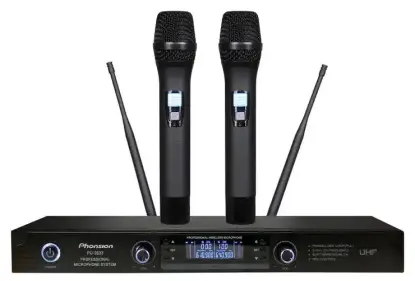 Wireless Microphone Export Certification
Wireless Microphone Export Certification
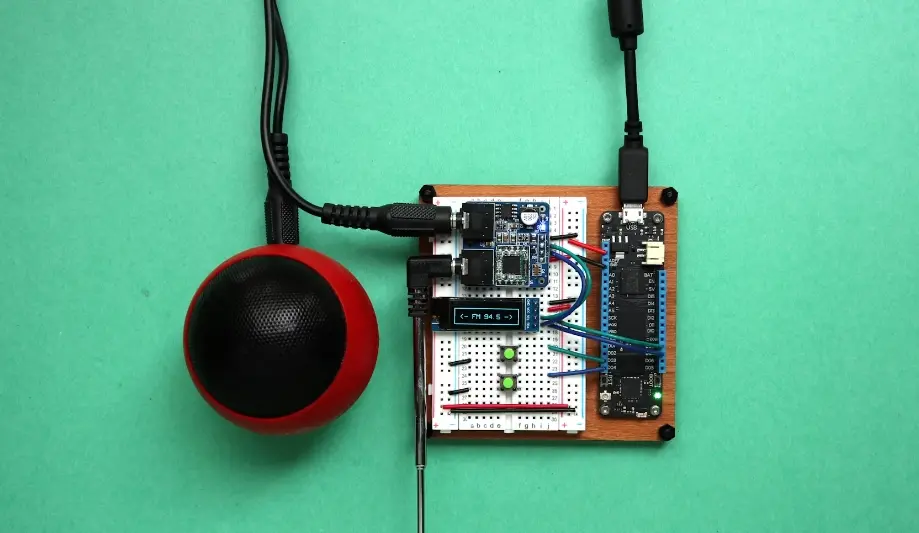 Audio-Visual Products SNI Certification in Indones
Audio-Visual Products SNI Certification in Indones
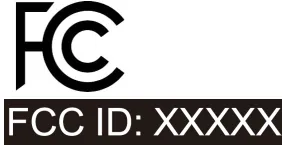 FCC-ID: Still Needed if Module is Certified?
FCC-ID: Still Needed if Module is Certified?
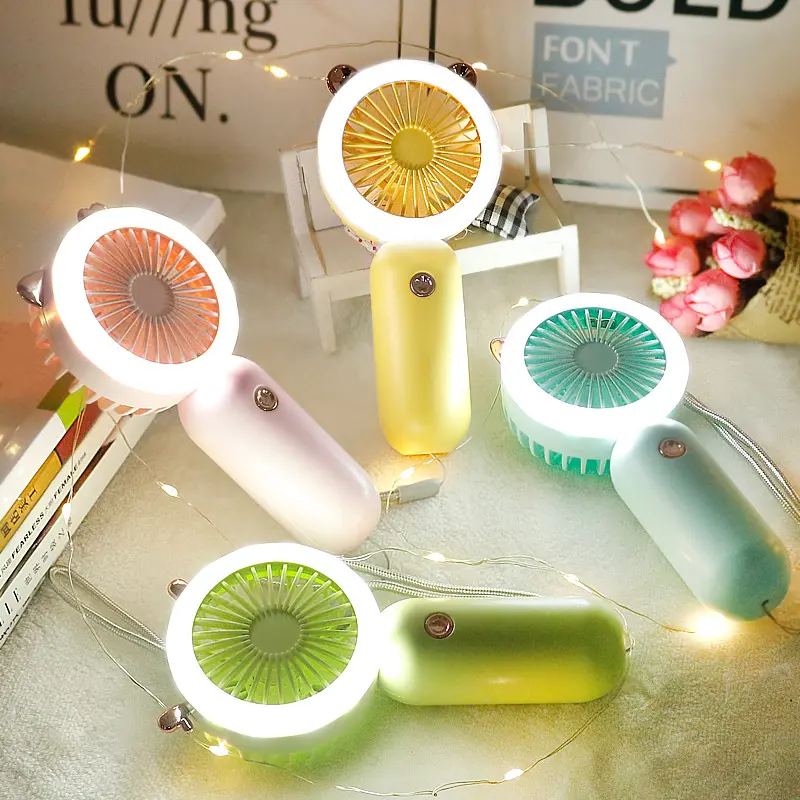 FCC Certification Fees for Handheld Fans
FCC Certification Fees for Handheld Fans
 FCC Certification Testing for Smart Lighting Produ
FCC Certification Testing for Smart Lighting Produ
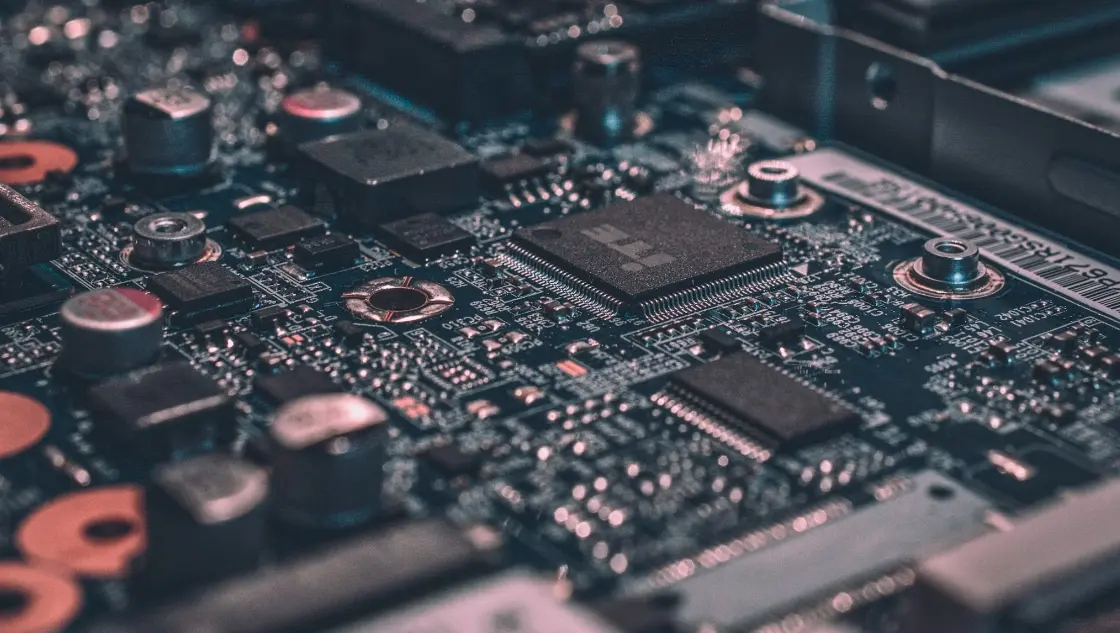 What is the ETSI EN 303 645 Testing Standard?
What is the ETSI EN 303 645 Testing Standard?
 UL Compliance and ETL Certification for LED Lighti
UL Compliance and ETL Certification for LED Lighti
 What is the IEC 60598 Standard?
What is the IEC 60598 Standard?
Leave us a message
24-hour online customer service at any time to respond, so that you worry!




